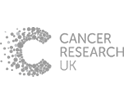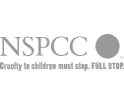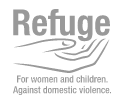Nutrition labels can help you choose between products and keep a check on the amount of foods you're eating that are high in fat, salt and added sugars.
Most pre–packed foods have a nutrition label on the back or side of the packaging.
These labels include information on energy in kilojoules (kJ) and kilocalories (kcal), usually referred to as calories.
They also include information on fat, saturates (saturated fat), carbohydrate, sugars, protein and salt.
All nutrition information is provided per 100 grams and sometimes per portion of the food.
Supermarkets and food manufacturers now highlight the energy, fat,
saturated fat, sugars and salt content on the front of the packaging, alongside the reference intake for each of these.
You can use nutrition labels to help you choose a more balanced diet.
For a balanced diet:
- eat at least five portions of a variety of fruit and vegetables every day
- base meals on potatoes, bread, rice, pasta or other starchy carbohydrates – choose wholegra...
Want to see the rest of this article?
Would you like to see the rest of this article and all the other benefits that Issues Online can provide with?
- Useful related articles
- Video and multimedia references
- Statistical information and reference material
- Glossary of terms
- Key Facts and figures
- Related assignments
- Resource material and websites

 Food labels
Food labels








